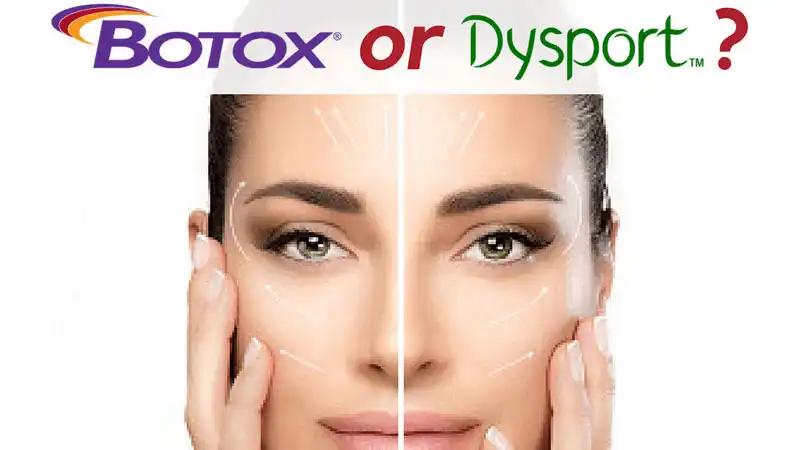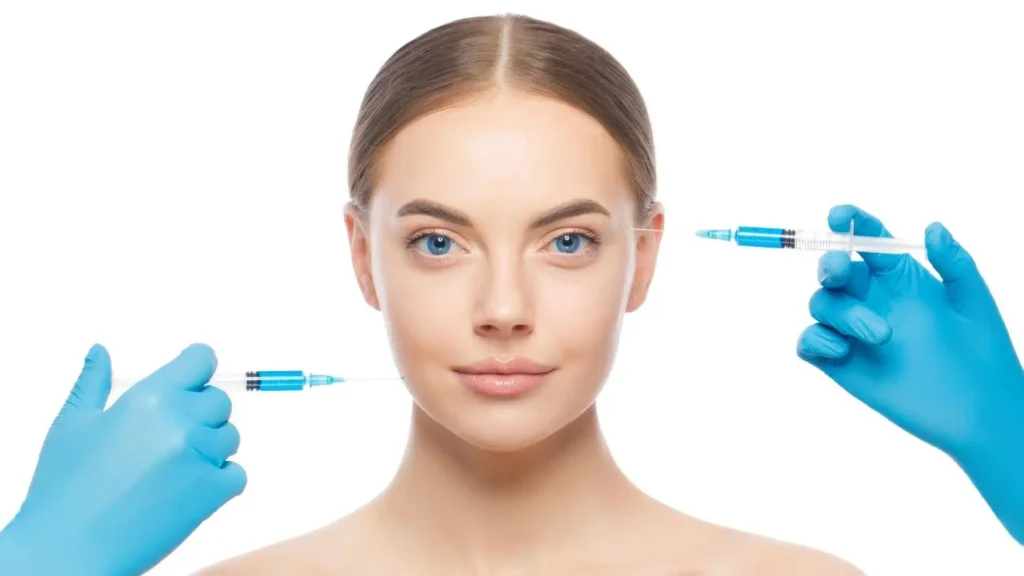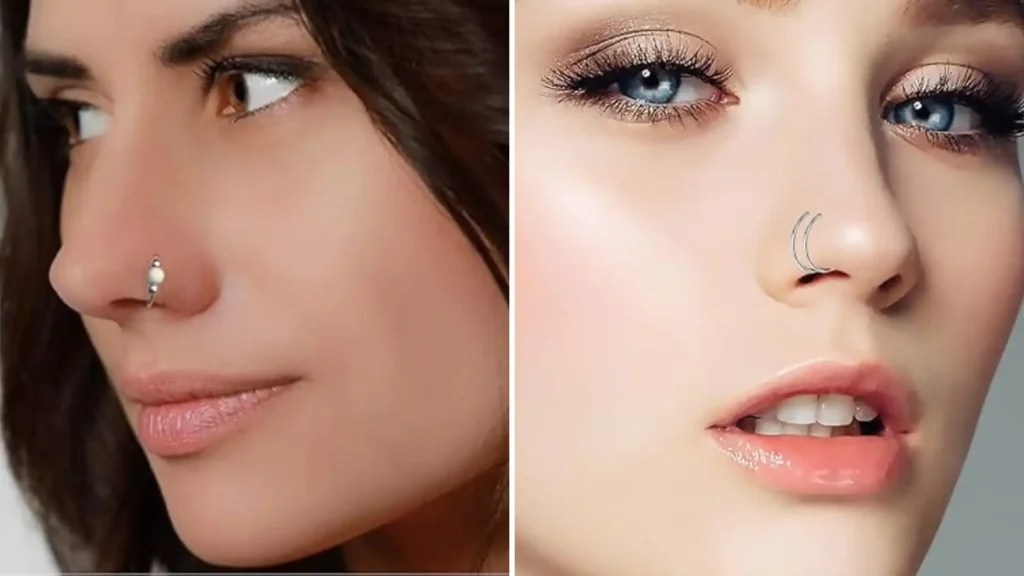Wrinkles, fine lines, and facial folds are some of the common signs of aging that most of us want to delay for as long as possible. Thanks to modern aesthetic medicine, there are effective solutions to help us achieve that youthful look. When it comes to smoothing out wrinkles and achieving that rejuvenated glow, two names often come up: Botox and Dysport. But which is right for you? dysport vs botox.
If you’ve found yourself caught in the “dysport vs botox” debate, you’re not alone. Both of these neuromodulators can work wonders in the world of cosmetic treatments, but they have their own unique qualities. Let’s dig deep into what sets them apart, what they have in common, and how to choose the best option for your needs.
What Are Botox and Dysport?
Understanding Neuromodulators
Both Botox and Dysport are forms of botulinum toxin type A, a protein that temporarily blocks nerve signals to the muscles. When injected, this process relaxes the muscles that cause wrinkles, leading to smoother skin. But don’t worry—it’s safe when done by a qualified professional. The result? Softer lines and a more youthful appearance without the need for invasive surgery.
Botox: The Household Name
Botox is undoubtedly the more well-known of the two. It was the first FDA-approved botulinum toxin type A product, which has given it a head start in terms of name recognition and trust. It’s a go-to for treating forehead lines, crow’s feet, and the notorious “11s” between the eyebrows. Botox is versatile, with uses ranging from smoothing facial lines to treating medical conditions like chronic migraines and excessive sweating.
Dysport: The Under-the-Radar Competitor
While Dysport might not have the same brand recognition as Botox, it’s been making waves in the cosmetic world. It’s especially popular in Europe and has gained traction in the U.S. since its FDA approval. Dysport is similar to Botox in its primary ingredient—botulinum toxin type A—but its formulation differs slightly. Some people find that Dysport spreads more evenly in larger areas, making it an appealing option for those with broader forehead lines or more extensive wrinkles.

dysport vs botox: Key Differences
1. Formula & Spread
- Botox has a heavier molecular weight compared to Dysport. This means that once it’s injected, it stays more localized to the injection site, making it ideal for small, targeted areas.
- Dysport, on the other hand, has a smaller molecular weight, allowing it to spread more easily. This characteristic can be beneficial for treating larger areas like the forehead, as it can cover a broader space with fewer injections. dysport vs botox
2. Dosage & Potency
- Dysport units are not equivalent to Botox units. Generally, you’ll need about 2.5 to 3 units of Dysport for every unit of Botox. This doesn’t necessarily mean that Dysport is weaker—it’s just formulated differently.
- When choosing between the two, this difference in dosing can affect the price and how much product is used. While Dysport might be cheaper per unit, you may need more units, balancing out the overall cost.
3. Onset & Duration
- Dysport often takes effect a bit faster than Botox. Some patients notice the effects of Dysport within 2-3 days, while Botox may take up to 5-7 days to show noticeable results.
- As for how long they last, both treatments generally maintain results for about 3-4 months, though this can vary based on factors like metabolism, the area treated, and the dosage used.
When to Choose Dysport Over Botox?
- If you’re treating a larger area like the forehead or you need a quicker onset, Dysport might be your best bet.
- If you’re looking for a more localized treatment, such as targeting the fine lines around the mouth or the frown lines between the eyebrows, Botox could be the better choice.
How to Choose the Right Treatment for You
1. Consultation Is Key
Before you decide on Dysport or Botox, a consultation with a licensed professional is crucial. They’ll assess your facial structure, discuss your aesthetic goals, and recommend the best option for your unique needs. During this appointment, don’t be shy—ask about their experience with both products and see if they have before-and-after photos of patients with similar concerns.
2. Consider Your Budget
While the cost shouldn’t be the only factor in your decision, it’s worth noting. Dysport might seem more affordable per unit, but because it requires a higher dose, the overall price can be similar to Botox. It’s best to get a quote for the entire treatment rather than comparing unit prices alone.
3. Think About Long-Term Maintenance
Both Dysport and Botox require repeat treatments to maintain results. Consider how often you’re willing to return for touch-ups and how these appointments fit into your lifestyle. If you prefer a slightly faster result, Dysport could be appealing. If you’re fine with waiting a bit longer for the effects, Botox might align better with your routine.
FAQs: dysport vs botox
1. Is one safer than the other?
No, both Botox and Dysport are FDA-approved and considered safe when administered by a licensed professional. The key is finding a provider with experience in injecting these products. dysport vs botox.
2. Can I switch between Botox and Dysport?
Yes, many people switch between the two depending on availability or preference. However, it’s best to discuss this with your provider to ensure a seamless transition.dysport vs botox.
3. Will Dysport or Botox make my face look frozen?
When done correctly, neither should give you a “frozen” look. A skilled injector will use just the right amount to soften lines while preserving your natural expressions.dysport vs botox.
4. How do I know if I’m a good candidate for Botox or Dysport?
Good candidates are typically those in good health who want to minimize the appearance of dynamic wrinkles (lines caused by facial expressions). However, a consultation is the best way to determine your suitability for either treatment. dysport vs botox.
5. Are the side effects different between the two?
The side effects are similar for both, including temporary redness, bruising at the injection site, and mild swelling. Most side effects subside within a few days.
Conclusion: dysport vs botox—Which Is Right for You?
The decision between Botox and Dysport ultimately boils down to your specific needs, preferences, and the recommendations of your provider. If you’re seeking a well-known option with a precise application, Botox might be your go-to. For those looking for a faster onset and potentially better coverage of larger areas, Dysport could be a strong contender. dysport vs botox.
Either way, both options offer a pathway to smoother skin, fewer wrinkles, and a refreshed look without going under the knife. So, which one will you choose in the dysport vs botox debate? Consult a trusted expert, weigh your options, and take a step toward looking (and feeling) your best. dysport vs botox.
Discover more trends:
- Healthy Breakfast Ideas: The 12 Best Foods to Eat in the Morning
- Ovaltine Healthy? Benefits, Ingredients, and Nutritional Value Explained
- 10 Best Foods to Eat If You Have Arthritis
- Watch Out For The Early Signs Of Rheumatoid Arthritis
- Follow us on Facebook
- Follow us on Pinterest





